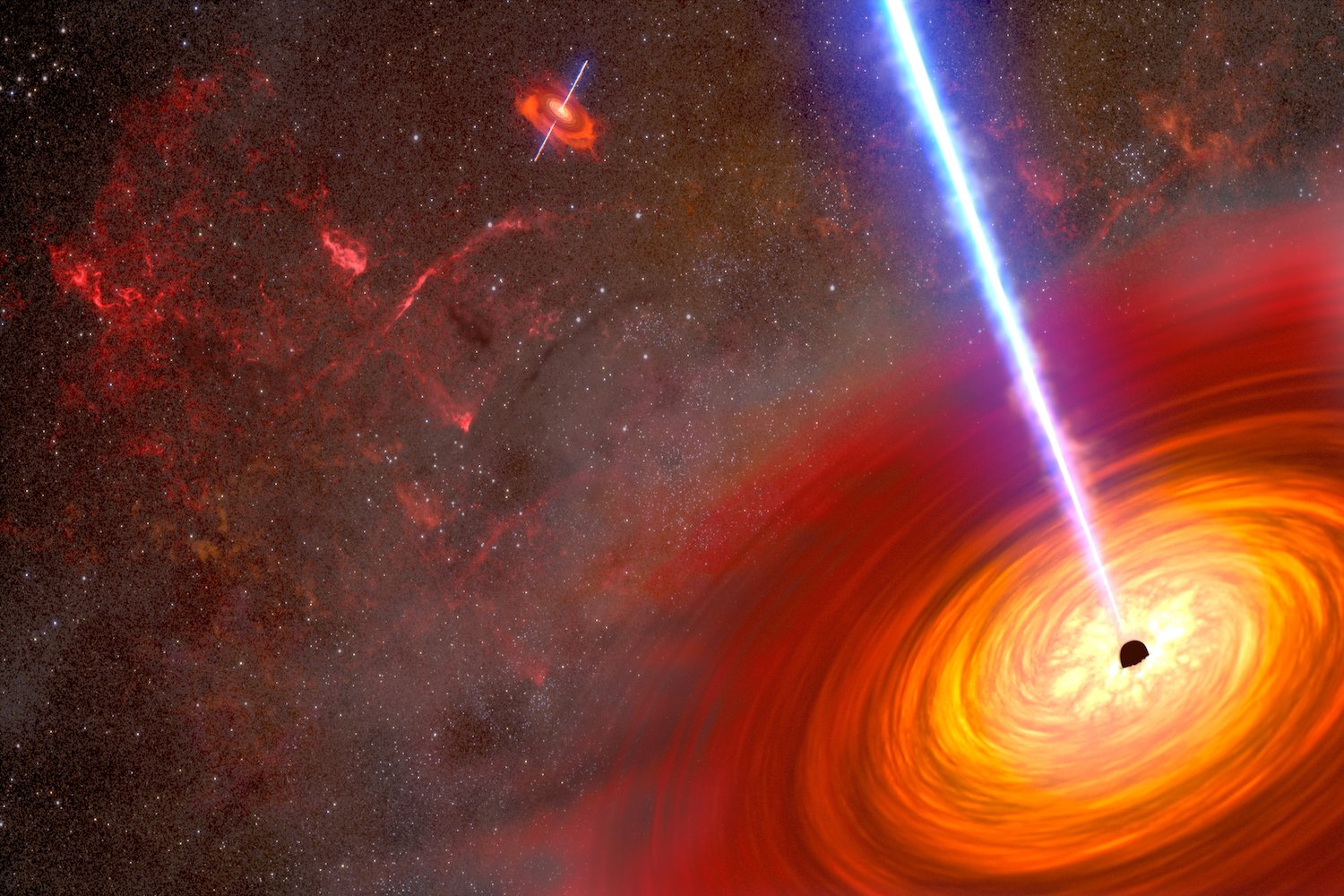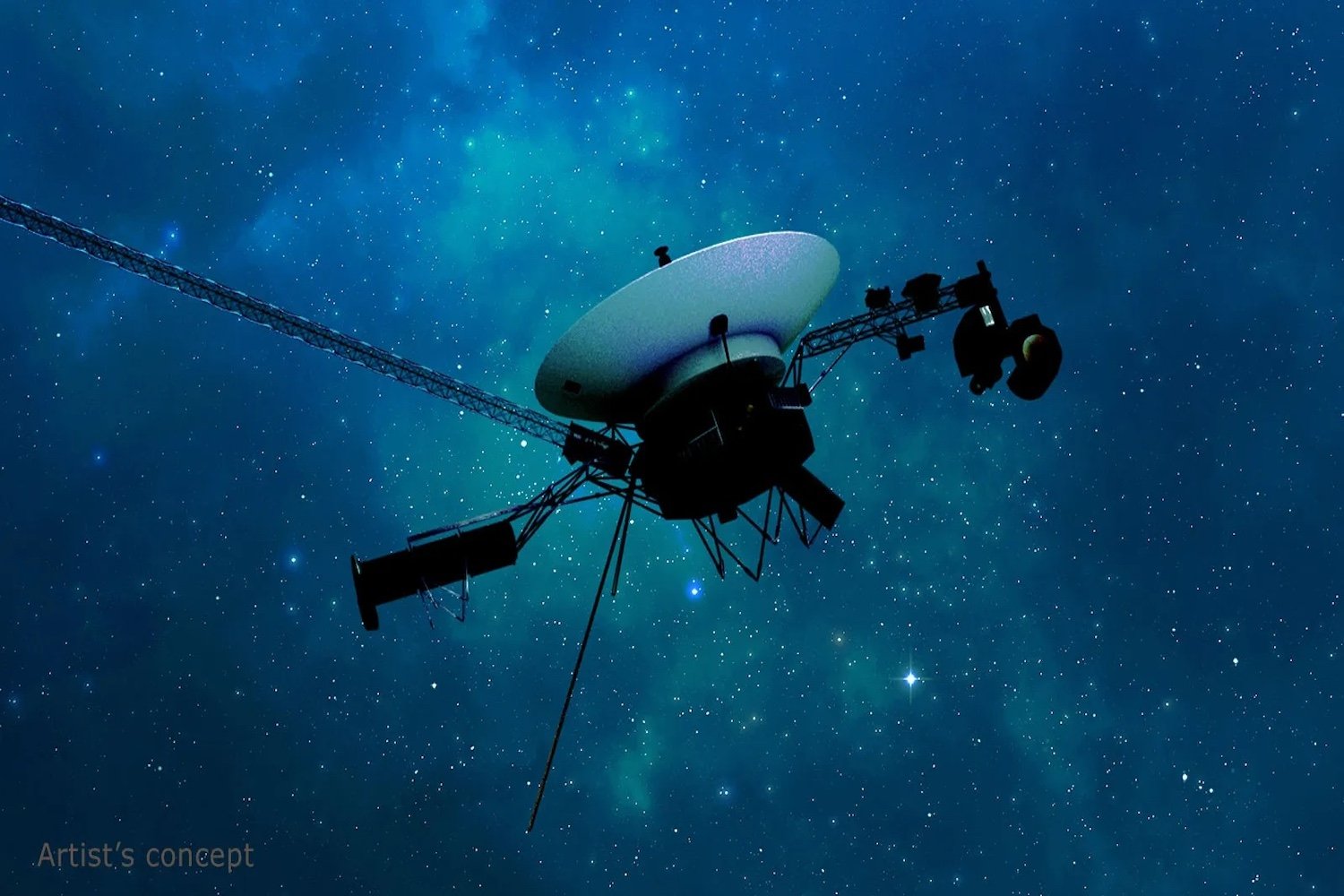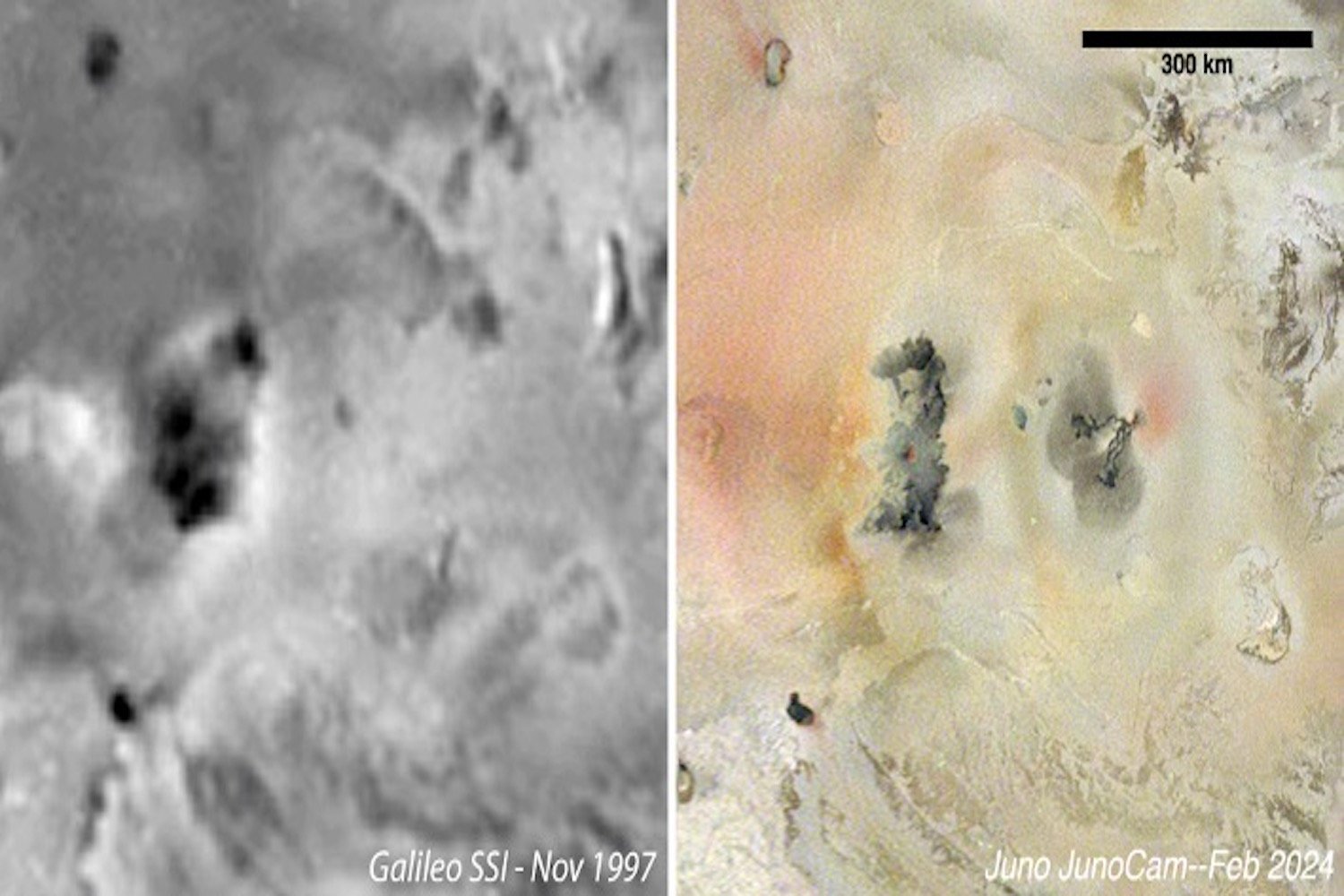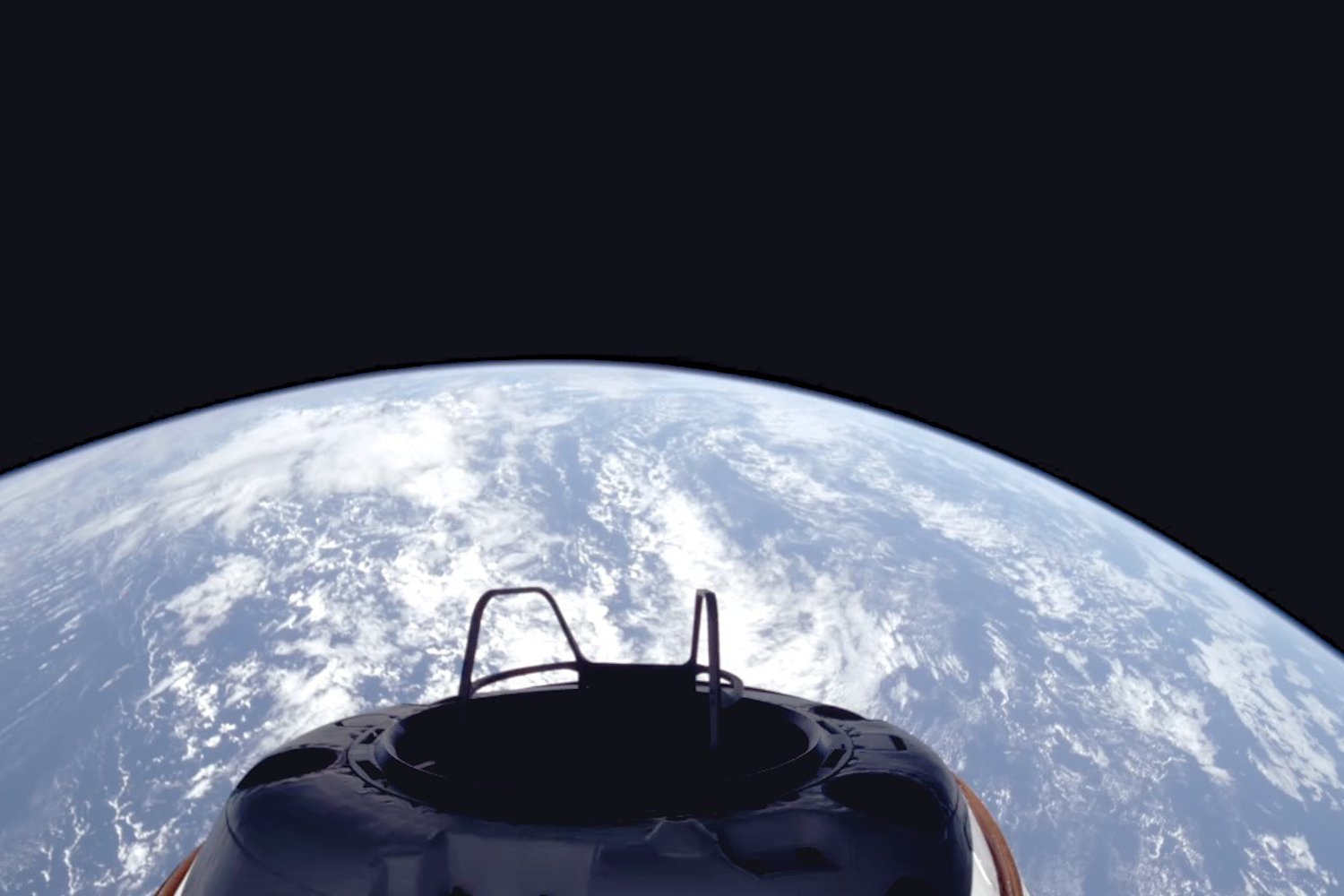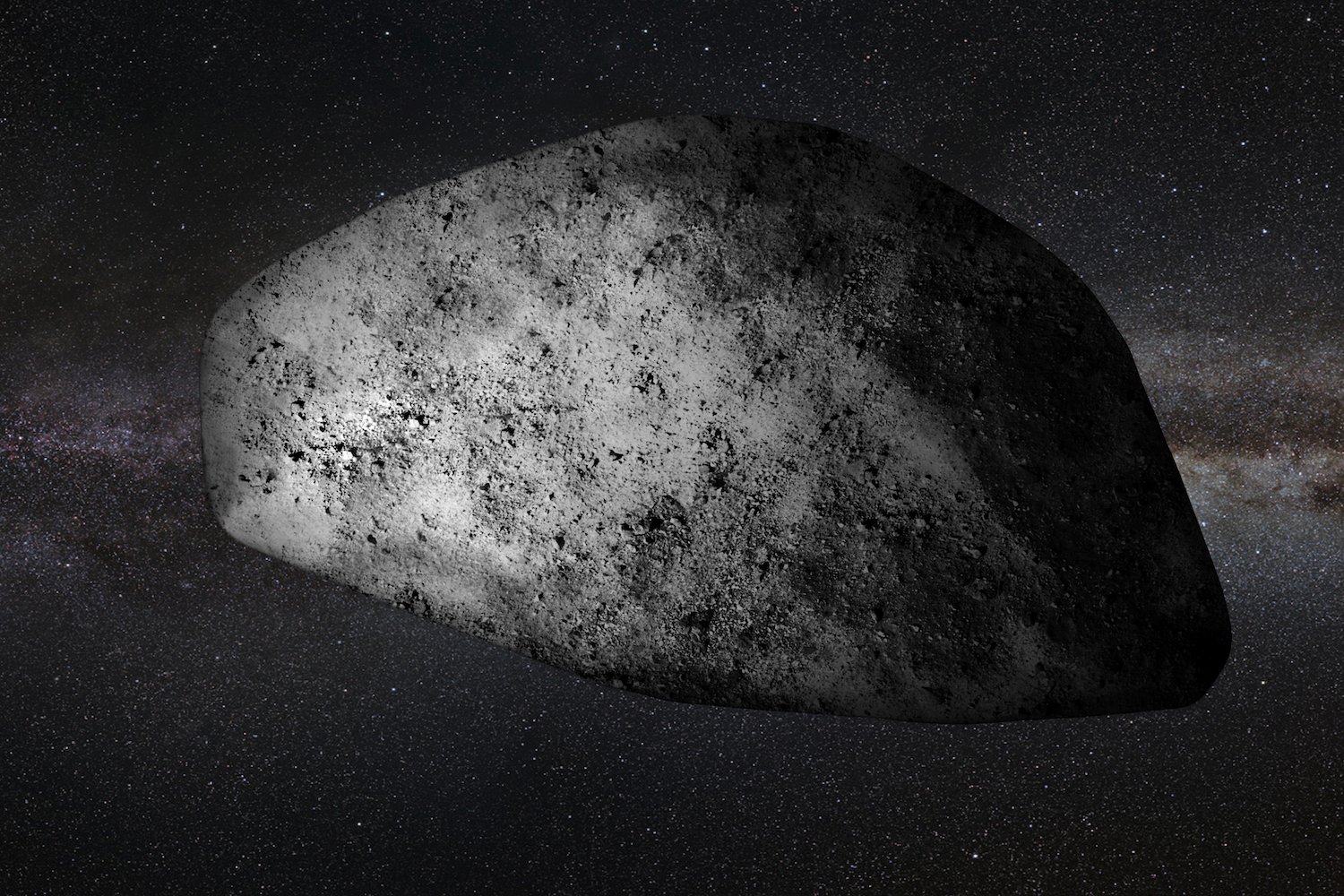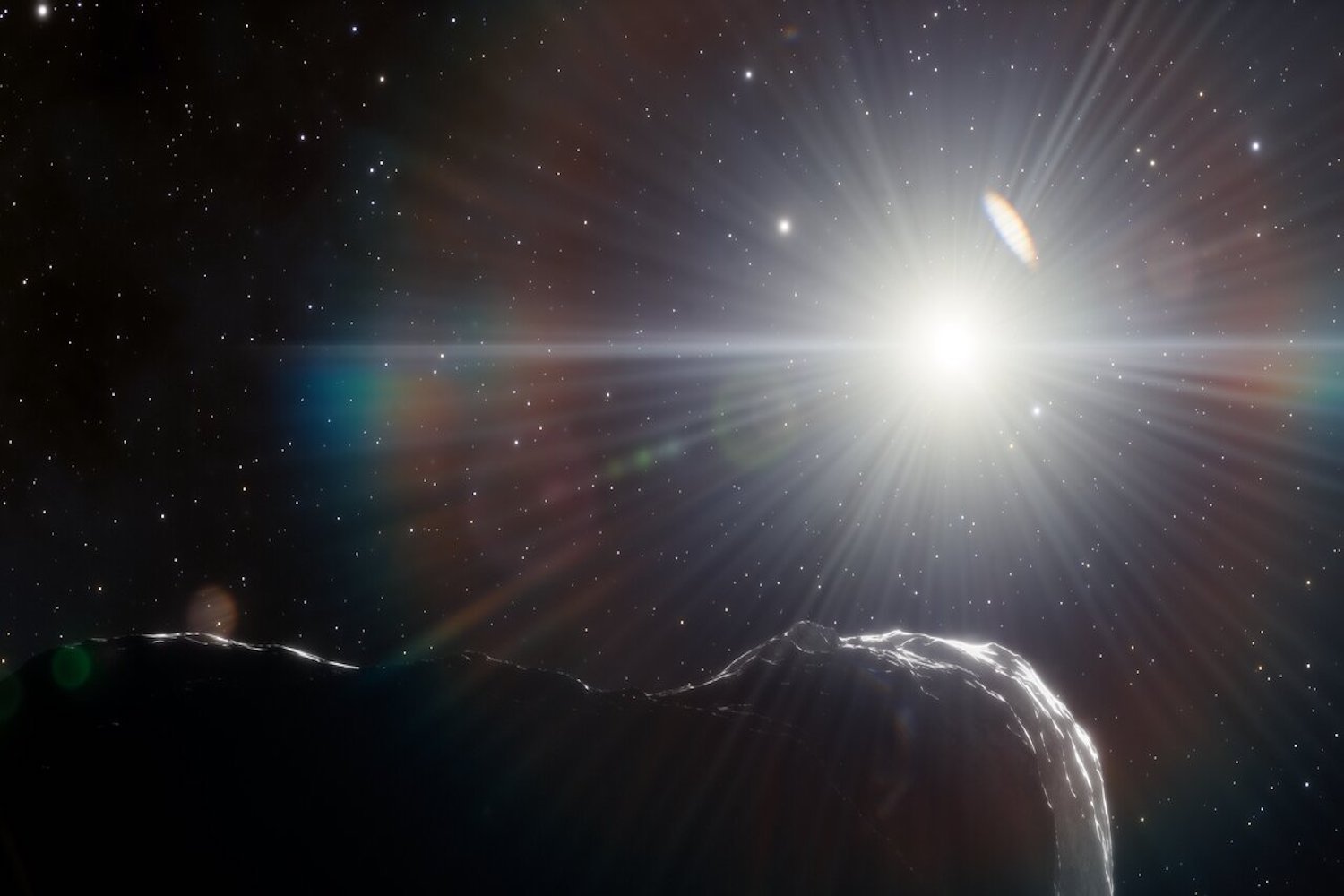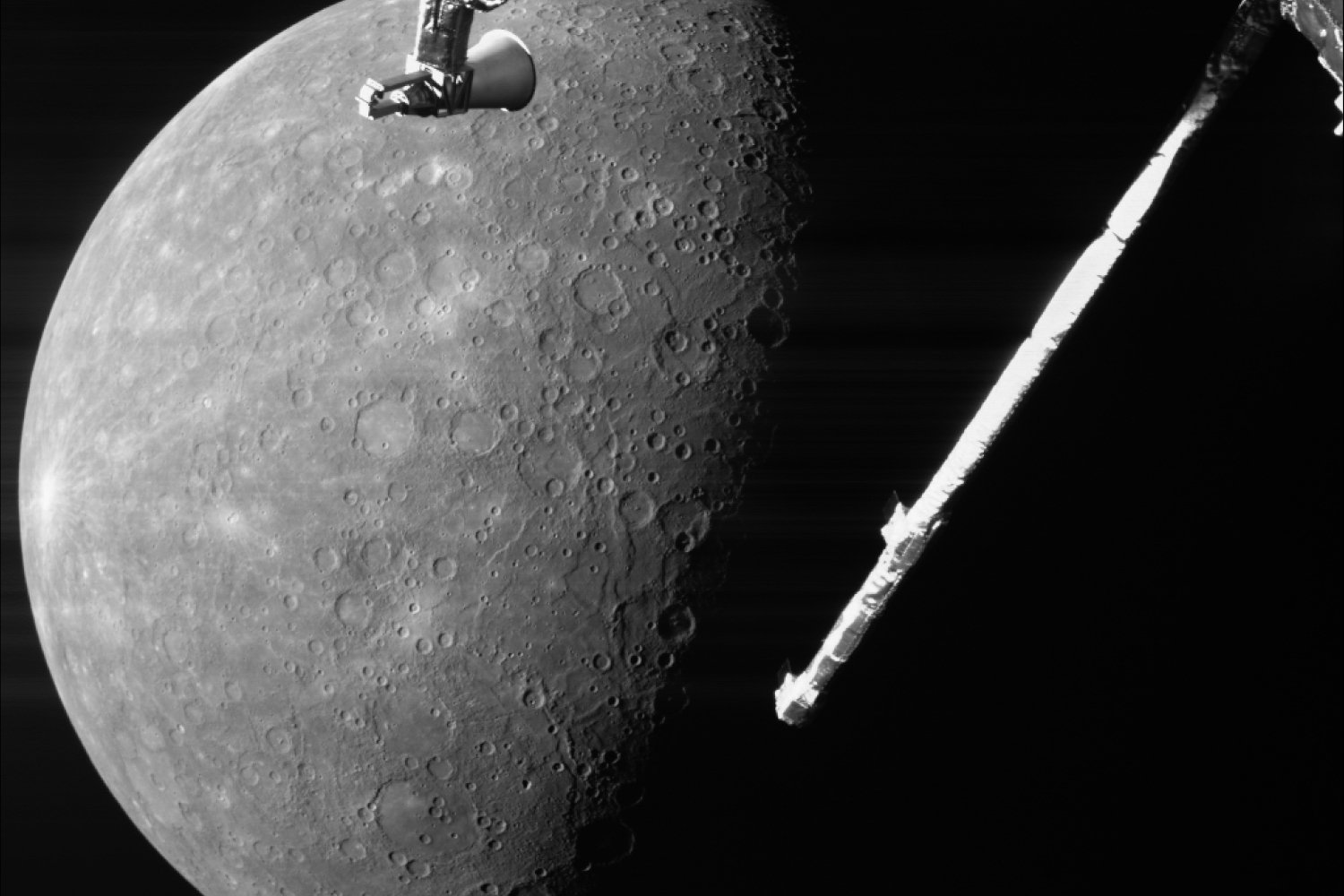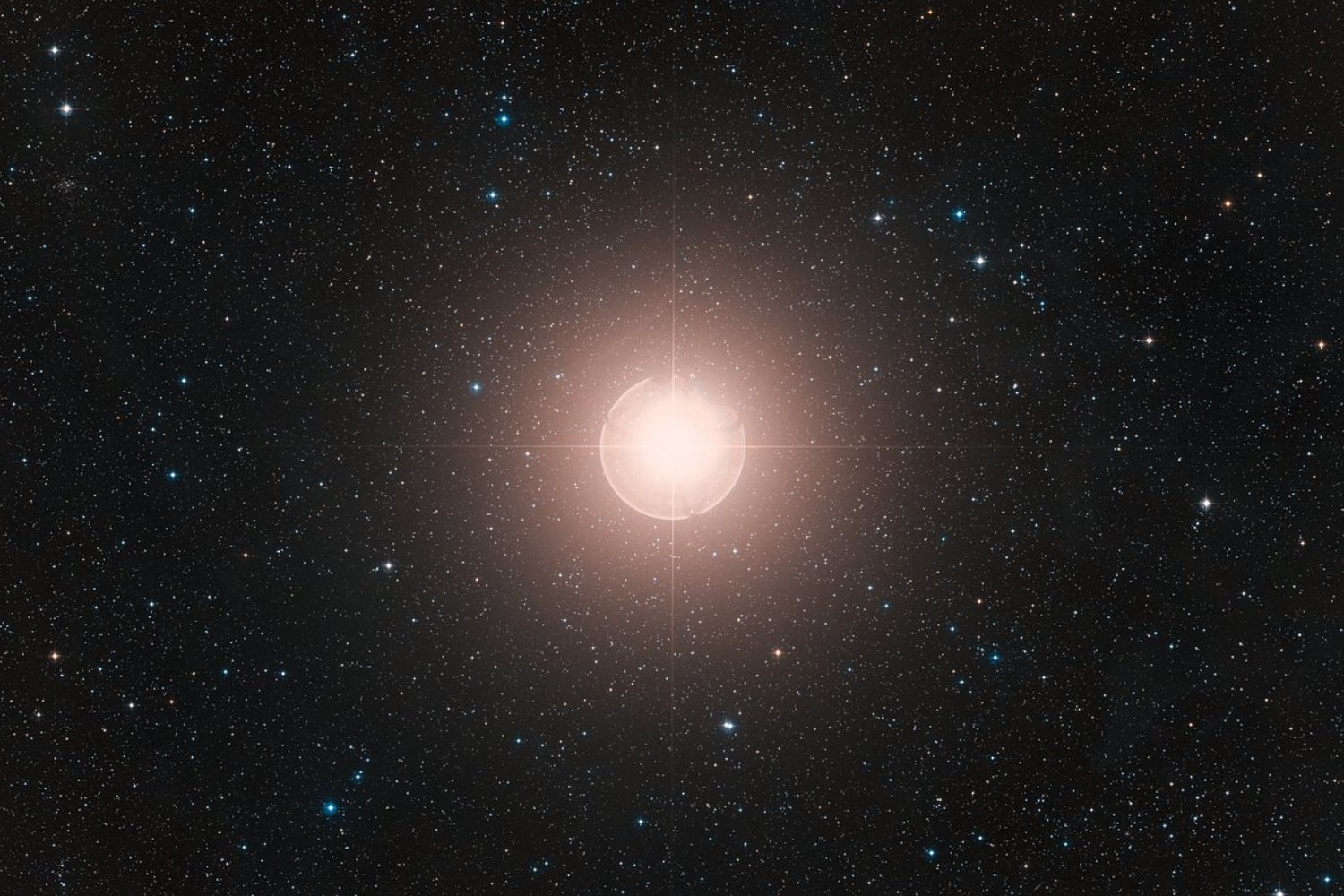A remarkable discovery has revealed two supermassive black holes locked in a cosmic dance, spiraling closer to each other than any other pair ever observed. Located approximately 800 million light-years from Earth in the galaxy MCG-03-34-64, these celestial giants are destined for a cataclysmic merger that will send ripples through the fabric of spacetime.
This extraordinary finding, detailed in a study published in The Astrophysical Journal, offers scientists a unique opportunity to understand the formation and evolution of supermassive black holes, which reside at the heart of most galaxies. The research team, led by Anna Trindade Falcão, a postdoctoral researcher at the Harvard-Smithsonian Center for Astrophysics, utilized data from the Hubble Space Telescope, NASA’s Chandra X-ray Observatory, and archival radio wave data to confirm the existence of this binary black hole system.
Unraveling the Cosmic Puzzle
Initially, Hubble images revealed three bright blobs within MCG-03-34-64, indicating concentrated regions of intensely glowing oxygen gas. At visible wavelengths, the two black holes appeared as a single entity, much like two Sumo wrestlers locked in a close embrace, as NASA described in a statement. However, observations from Chandra’s X-ray telescope painted a different picture, revealing two distinct, powerful sources of X-ray emissions within the glowing blobs. Further analysis of archival radio wave data corroborated these findings, showcasing potent radio discharges emanating from the same region.
“By combining these different pieces of evidence, we concluded that we were likely observing two supermassive black holes in close proximity,” explained Trindade Falcão. The origin of the third glowing blob observed by Hubble remains a mystery. These types of black holes are also known as active galactic nuclei due to their location at the center of galaxies. The researchers believe this binary system likely formed after the collision of two galaxies in the distant past, leaving the central black holes trapped in a mutual orbit.
A Future Merger and Cosmic Consequences
Over the next 100 million years, these two colossal black holes will continue to spiral inwards, eventually merging in a spectacular event that will unleash powerful gravitational waves, warping spacetime across vast cosmic distances. This discovery, described as “serendipitous” by the researchers, underscores the power of Hubble’s high resolution and its ability to uncover hidden wonders in the universe.
A Unique Discovery in the Local Universe
While similar binary black hole systems have been observed before, this particular pair stands out due to its close proximity. Separated by a mere 300 light-years, they represent the closest confirmed pair of supermassive black holes in the local universe, a region encompassing a radius of roughly one billion light-years and including our own Milky Way galaxy. Although radio signals have hinted at the existence of an even closer pair, confirmation awaits further observations using X-ray and visible light telescopes.
Unforeseen Insights
“We weren’t expecting to see something like this,” Trindade Falcão admitted. “This isn’t a common occurrence in the nearby universe and suggests something unusual is happening within this galaxy.” While the researchers acknowledge other possible explanations for their observations, such as a single supermassive black hole exhibiting peculiar behavior, the evidence strongly supports the presence of a binary black hole system. This unexpected discovery opens up exciting avenues for future research, offering valuable insights into the dynamics of galactic mergers and the evolution of supermassive black holes.



